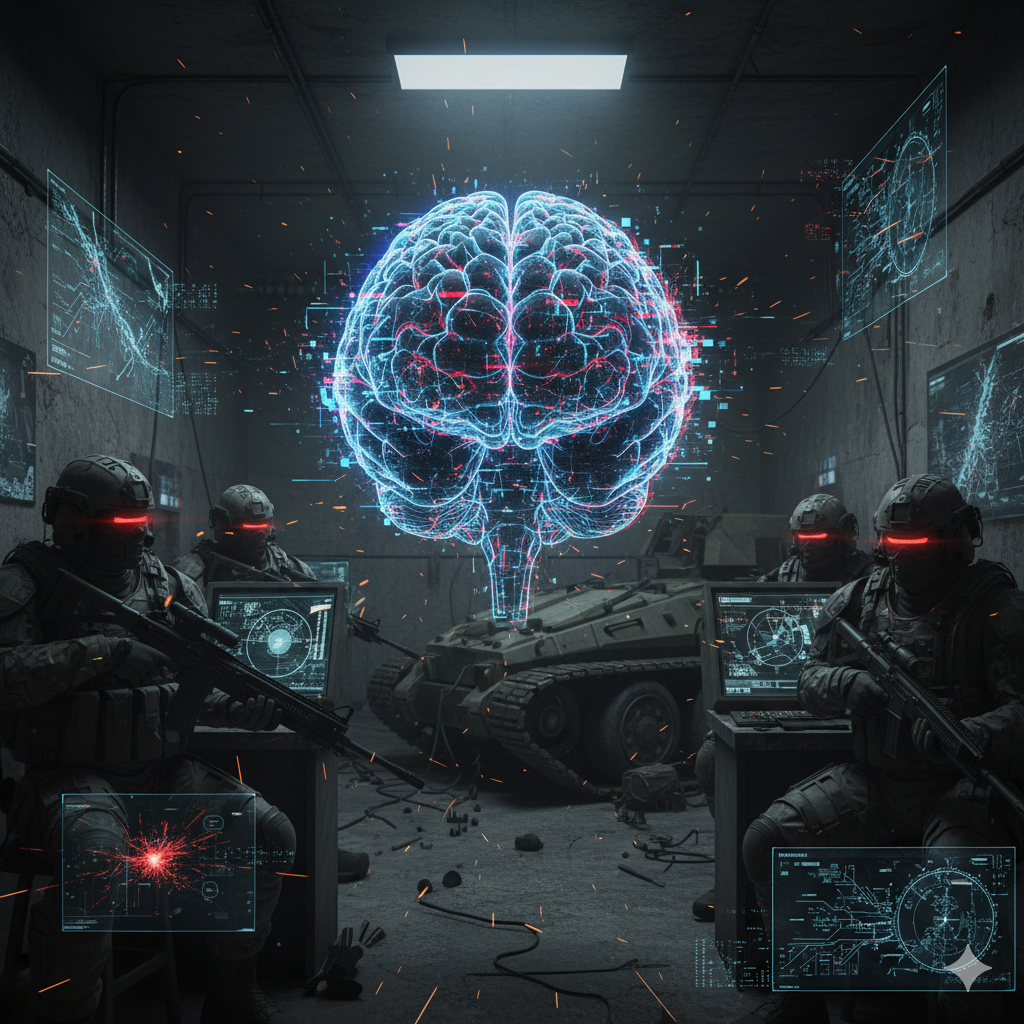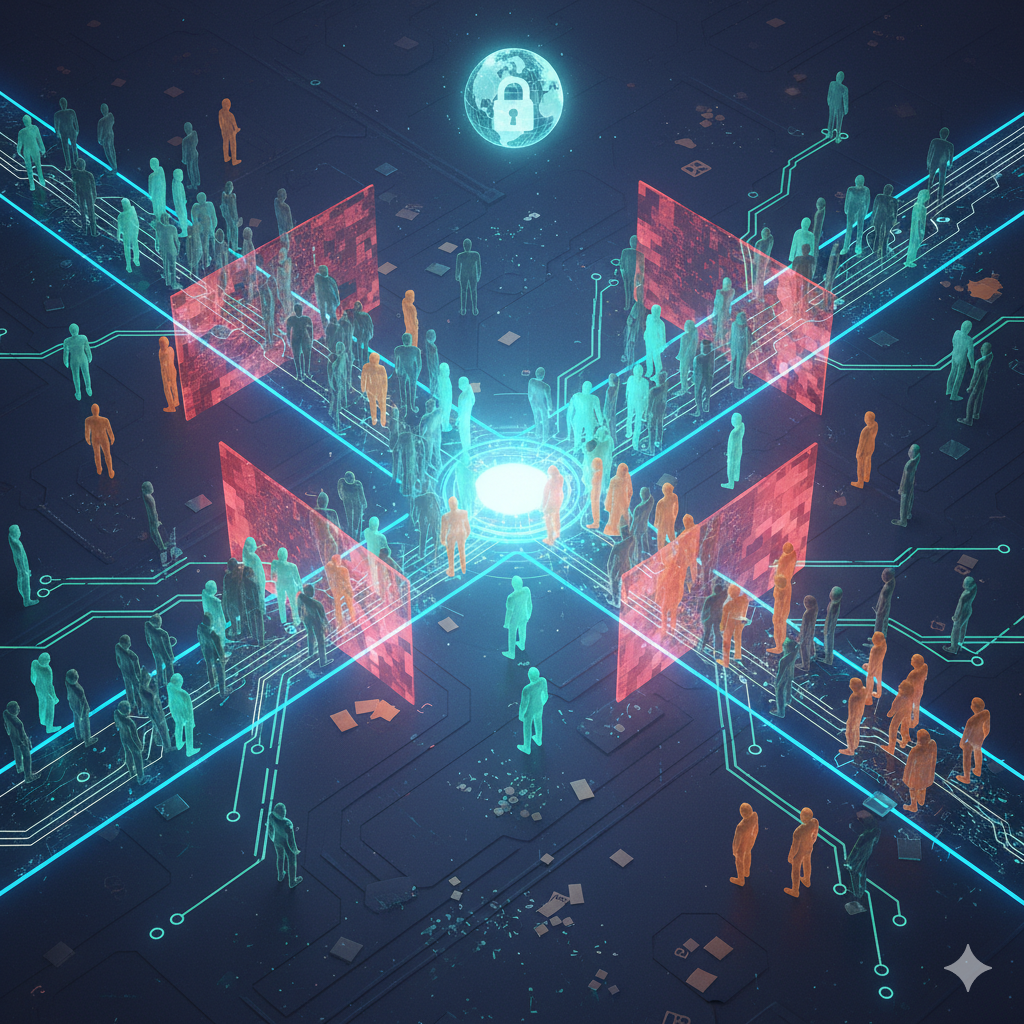Executive Summary
This report provides a comprehensive vulnerability assessment of a “Lattice-like” AI-powered command and control platform. Such a platform is an advanced, software-defined operating system designed to fuse sensor data and coordinate autonomous military assets. This analysis moves beyond isolated technical flaws to present an integrated view of the platform’s weaknesses across technical, operational, systemic, human, and strategic domains. It argues that the platform’s core strengths—speed, autonomy, and data fusion—are also the source of its most profound and interconnected vulnerabilities.
Key Findings
- Algorithmic and Data-Centric Vulnerabilities: The platform’s AI core is susceptible to data poisoning, adversarial deception, and inherent bias. These can corrupt its decision-making integrity at a foundational level. The reliance on a complex software supply chain, including open-source components, creates additional vectors for compromise. ³⁴ ¹⁰⁸
- Operational and Network-Layer Threats: In the field, the system is vulnerable to electronic warfare, sensor spoofing (particularly of GNSS signals), and logical attacks on its decentralized mesh network. These attacks can sever its connection to reality and render its algorithms useless or dangerous. ⁵⁴ ⁹⁷
- Systemic and Architectural Flaws: The platform’s hardware-agnostic and multi-vendor design, while flexible, introduces “brittleness” and critical security gaps at integration “seams.” This was demonstrated by the real-world deficiencies found in the Next Generation Command and Control (NGC2) prototype.¹ ¹⁵ ⁴⁵ ⁶¹ ⁷⁵ ¹⁰⁹ ¹⁴² ¹⁴⁹ The system’s complexity can also lead to unpredictable and dangerous emergent behaviors.²² ¹⁰³ ¹¹⁶
- Human, Ethical, and Legal Failures: The system’s speed and opacity challenge meaningful human control by inducing automation bias, a phenomenon implicated in historical incidents like the 2003 Patriot missile fratricides.³⁰ ⁷² ⁹⁵ ⁹⁶ ¹⁰⁵ This creates a legal “accountability gap” and poses significant challenges to compliance with International Humanitarian Law.⁴ ⁵ ²⁴
- Strategic and Dual-Use Risks: The core surveillance and data-fusion technologies are inherently dual-use. This poses a risk of them being repurposed for domestic oppression.³¹ ⁵⁶ The proliferation of such advanced autonomous capabilities also risks triggering a new, destabilizing global arms race.²³ ⁵⁵ ⁸⁸ ¹¹² ¹²⁴ ¹²⁶ ¹⁷⁷ ¹⁸⁶
The report concludes that these weaknesses are not isolated. They exist in a causal chain where a failure in one domain can cascade and lead to catastrophic outcomes. To mitigate these risks, this assessment proposes a series of strategic recommendations. These include mandating continuous adversarial testing, investing in operationally-focused Explainable AI (XAI), enforcing a Zero Trust architecture, overhauling operator training to focus on cognitive skills, and reforming acquisition processes to prioritize holistic security and reliability. The report also highlights the challenges associated with implementing these mitigations and suggests areas for future research, emphasizing the need for continuous adaptation to the evolving threat landscape.
(more…)

